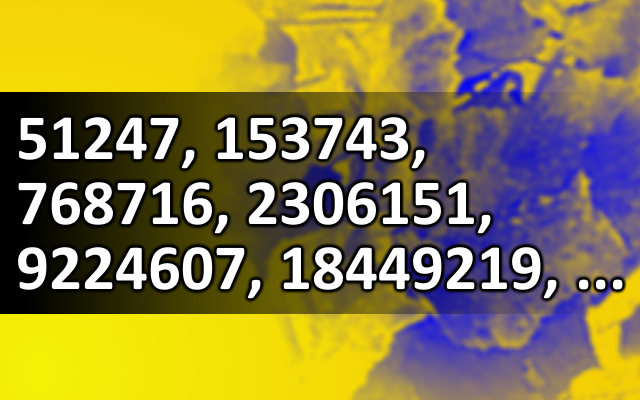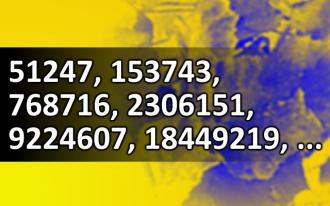What number comes next?
Look at the series (51247, 153743, 768716, 2306151, 9224607, 18449219, ...), determine the pattern, and find the value of the next number!Correct answers: 38
The first user who solved this task is Roxana zavari.
#brainteasers #math


